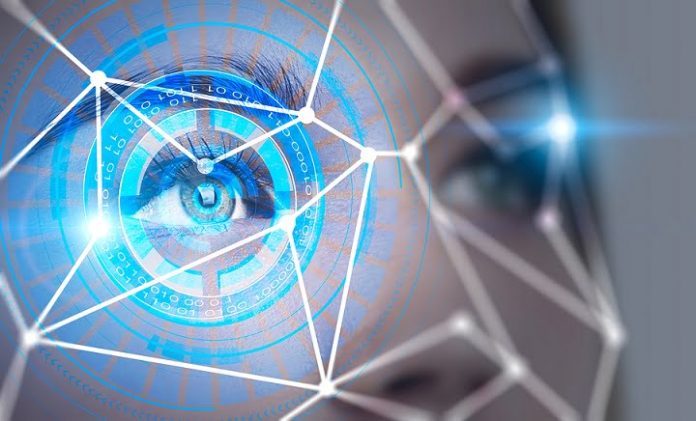Would you agree the negative public discourse around face recognition might impact on the application of analytics as a whole?
A: Possibly. Obviously, there are many useful analytics that are not face recognition and that have no biometric component whatever – they’ve been used for decades and do not impact on privacy any more than general CCTV does.
From the point of view of public surveillance, this technology does have the capacity to be used for ill as well as for good but it’s not as capable of uniform recognition as many believe. There have been claims about the capabilities of public surveillance systems with regards to face recognition technology in the consumer press that everyone in the electronic security industry knows are spurious.
In countries like Australia, public CCTV is not particularly prevalent and most camera views in public surveillance applications are wide angle for situational awareness with loads of pixel spread – getting 88 pixels across a person’s face in a typical street scene for reliable face recognition is far more difficult and expensive than you’d think. It typically requires dedicated cameras at choke points, not wide views.
Something else to bear in mind is that Australia’s public surveillance applications are tied up with privacy protocols that are available to the public – police can only access footage as part of current investigations and recordings are written over after 30 days. Regardless, widespread use of this technology should be scrutinised and should be the subject of ongoing public debate.
#sen.news












